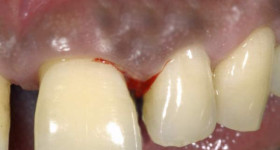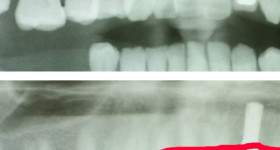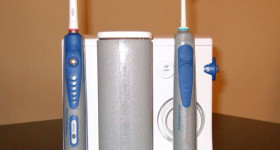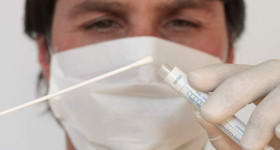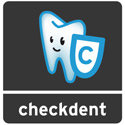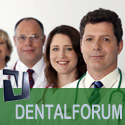Bone reconstruction – overview
We have already written several articles on the subject of bone reconstruction, click the following links to see them:
–
Iliac crest transplantation is not necessary
Dental implants and bone reconstruction
–
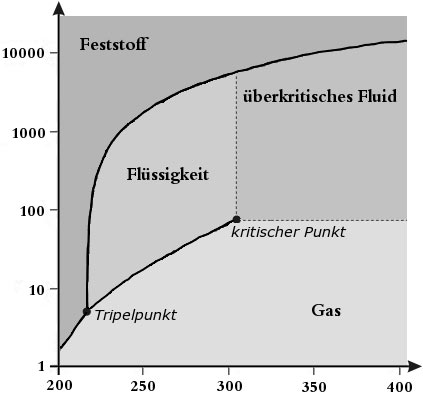 Now we would like to introduce an innovative new procedure, helping to prepare human bone for bone transplant!
Now we would like to introduce an innovative new procedure, helping to prepare human bone for bone transplant!
One major problem is that bone replacement materials are often distributed through doctors and chief physicians at hospitals, who then of course get a percentage of the profits, making it difficult to get a truly „objective“ opinion. So you keep hearing great things about e.g. bone replacements made of algae, which does not really correspond to the facts.
–
–
But let us concentrate on human bone for now. Bone from human donors has always been, and still is, cleaned using liquid solvents. The problem with this process, however, is that you can never quite get the bone 100% clean, there are always some cell remains left. After the transplant is performed, the immune system of the recipient tries to break down these remains, leading to an inflammation, which unfortunately also ends up destroying the transplant.
–
Instead of solvents, the company Celtis uses highly critical CO2 to clean bone. This is a kind of aggregate state in which the CO2 is neither liquid or gas but somewhere in the middle.
Simply put, you are familiar with H2O in its solid state – ice, in its liquid state water and its gaseous state steam.
An aggregate state is referred to as highly critical when it is between two of these well-known states. CO2 in such a state retains both the excellent fat-soluble qualities of liquid CO2 as well as the excellent diffusion characteristics of gaseous CO2.
–
 The result is a spanking clean piece of bone, as shown in the picture below after cleaning by Celtis – pure white, and on top of that bone cleaned the usual way, which has a yellowish tinge. The calcium structure of the bone, hydroxylapatite, is white, like that of the company Celtis!
The result is a spanking clean piece of bone, as shown in the picture below after cleaning by Celtis – pure white, and on top of that bone cleaned the usual way, which has a yellowish tinge. The calcium structure of the bone, hydroxylapatite, is white, like that of the company Celtis!
Not only that, but Celtis also refines the bone using an antibiotic. This saves the patient the trouble of having to take antibiotics, receptor cells settle into the new „bone“, which is actually not much more than a calcium matrix, and soon enough the transplant has become a part of the recipient’s own bone – now that’s what we call progress!
–
–
–
–
–

